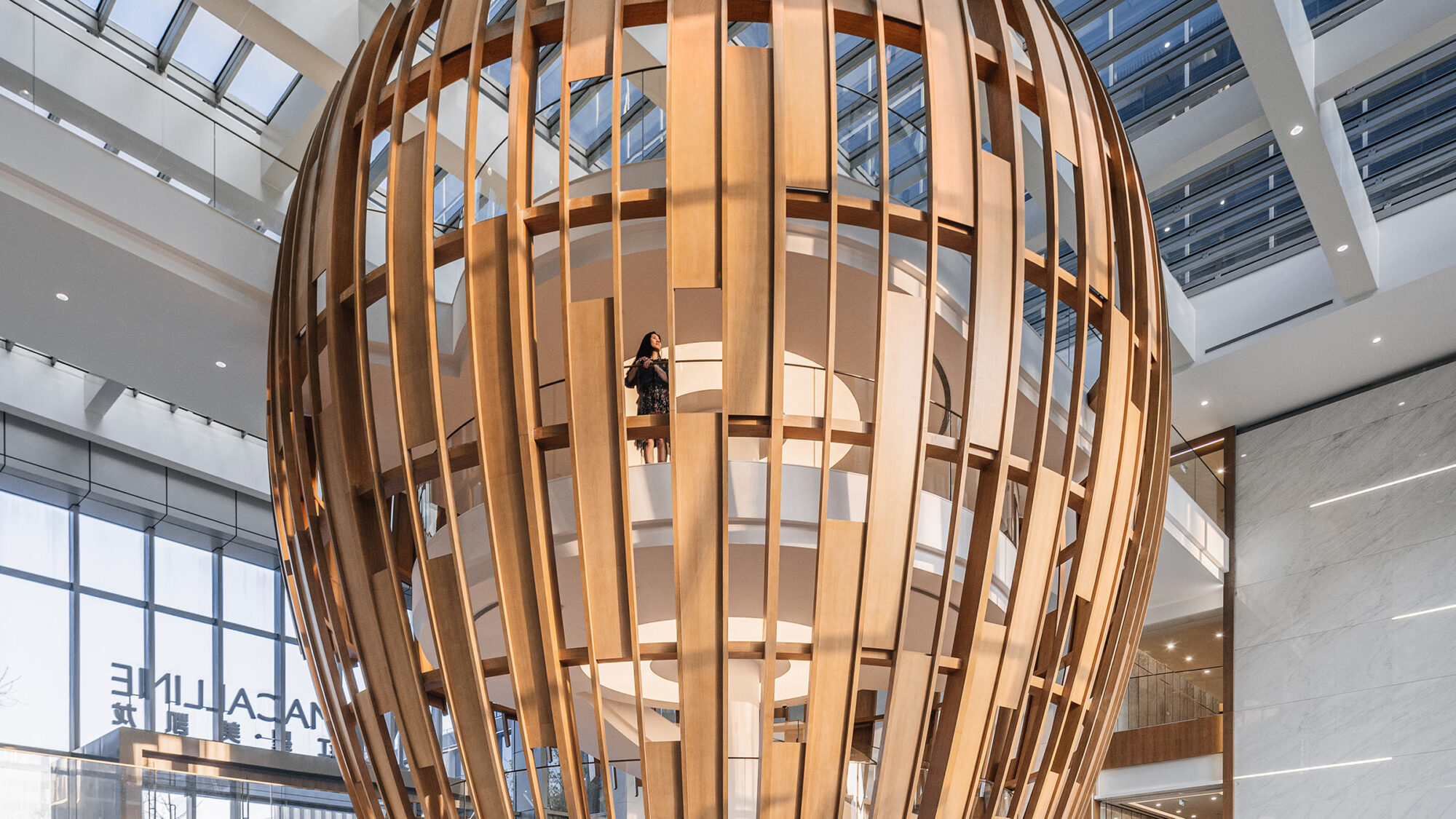

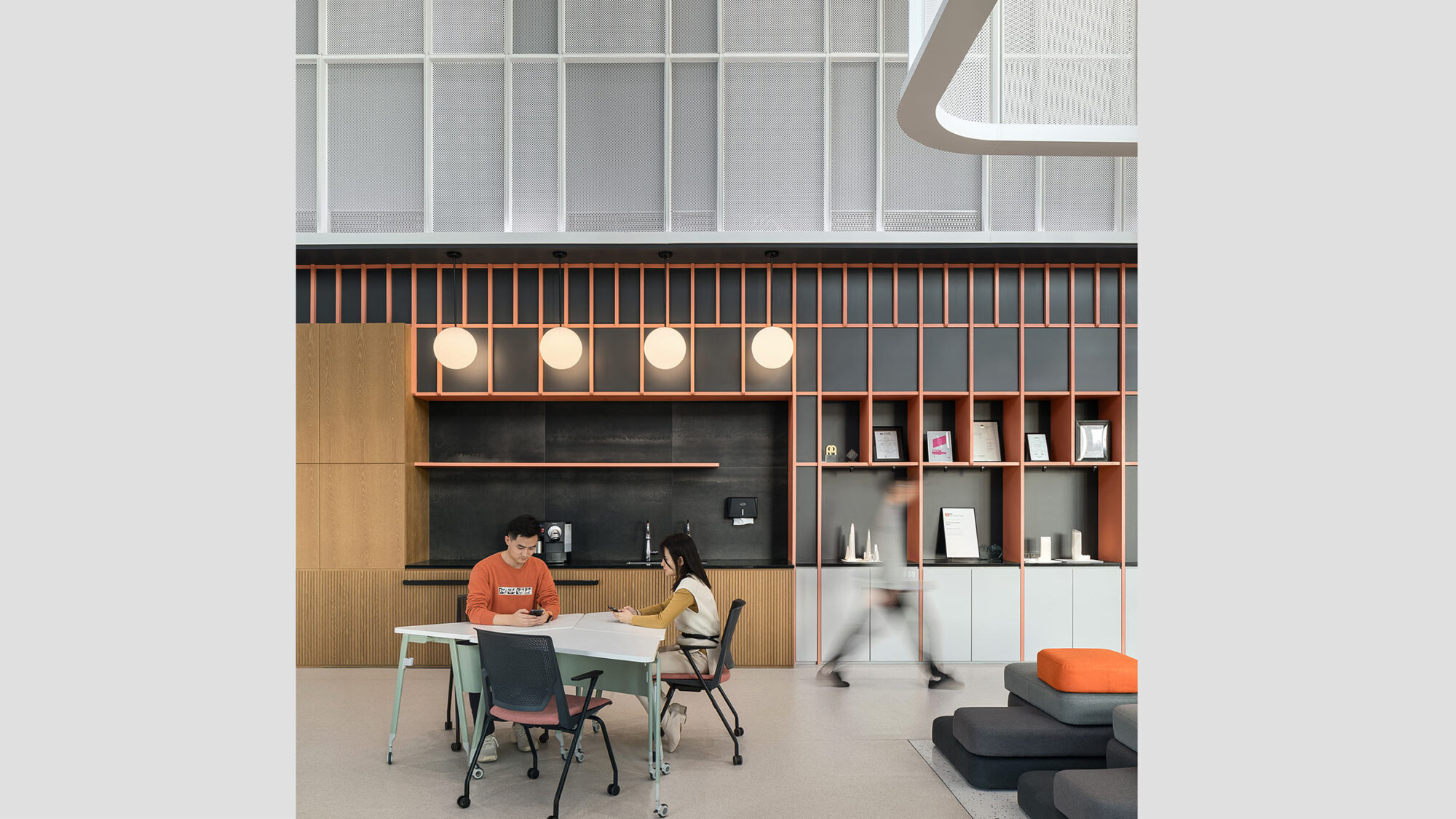


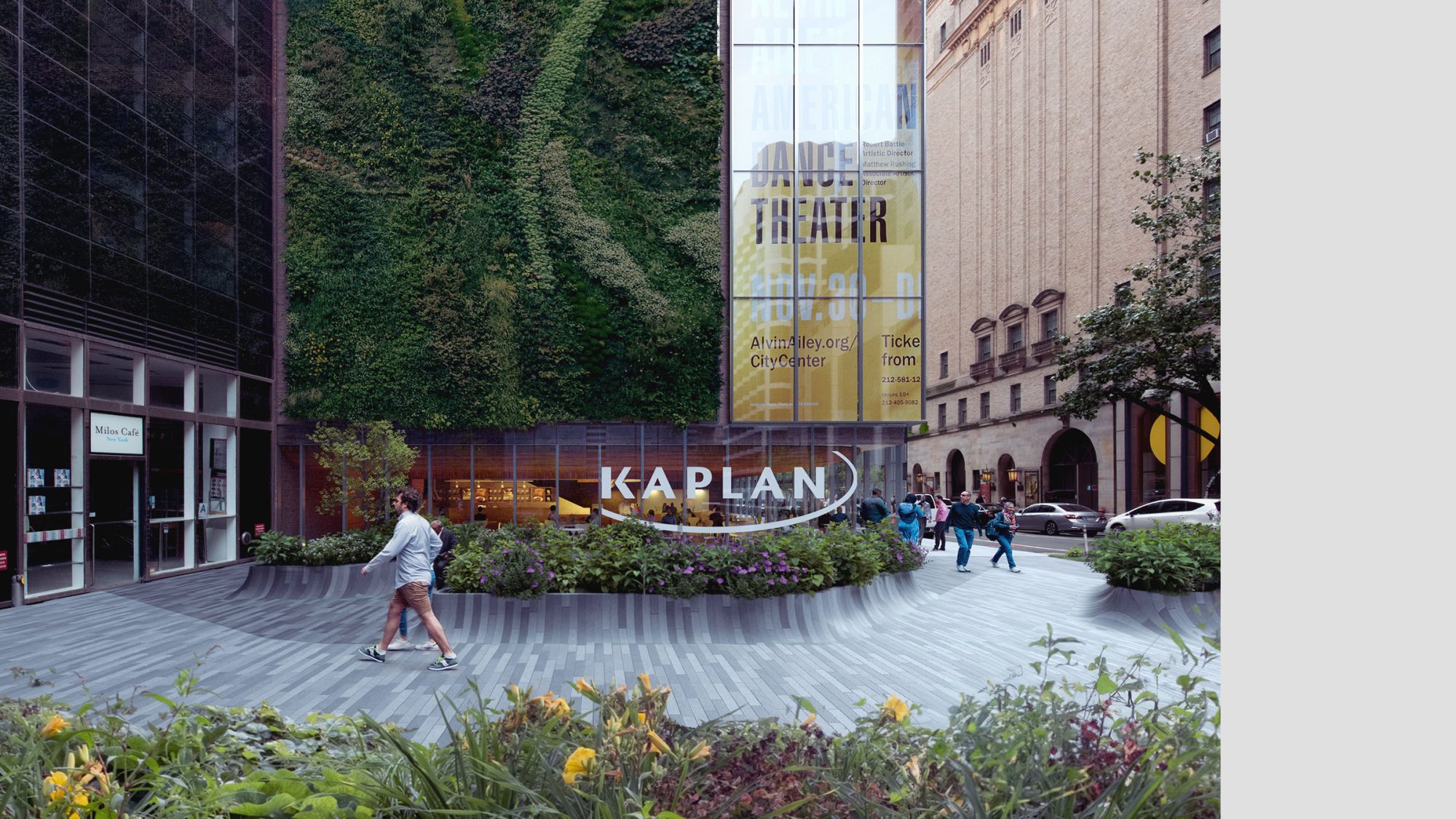
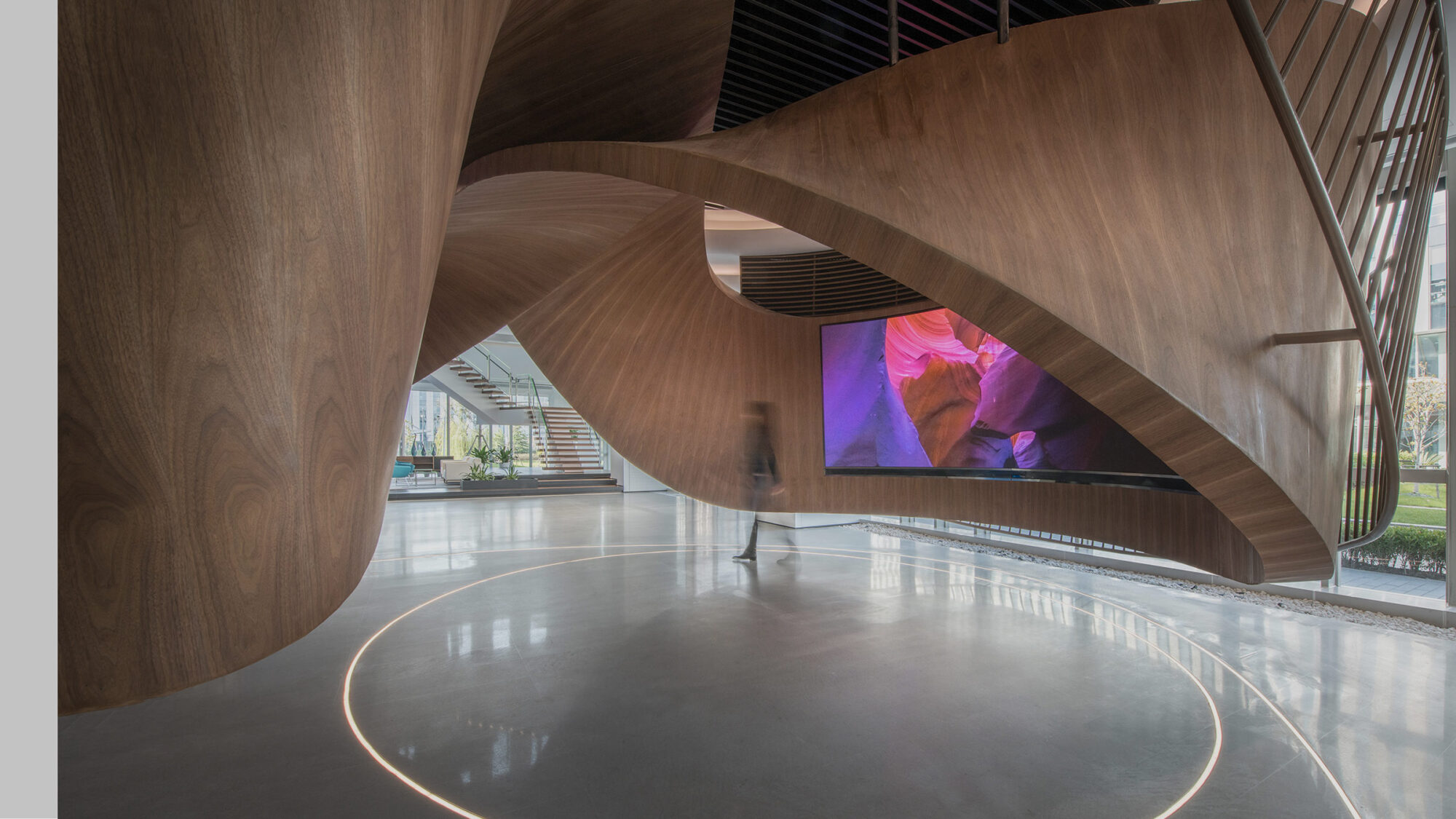
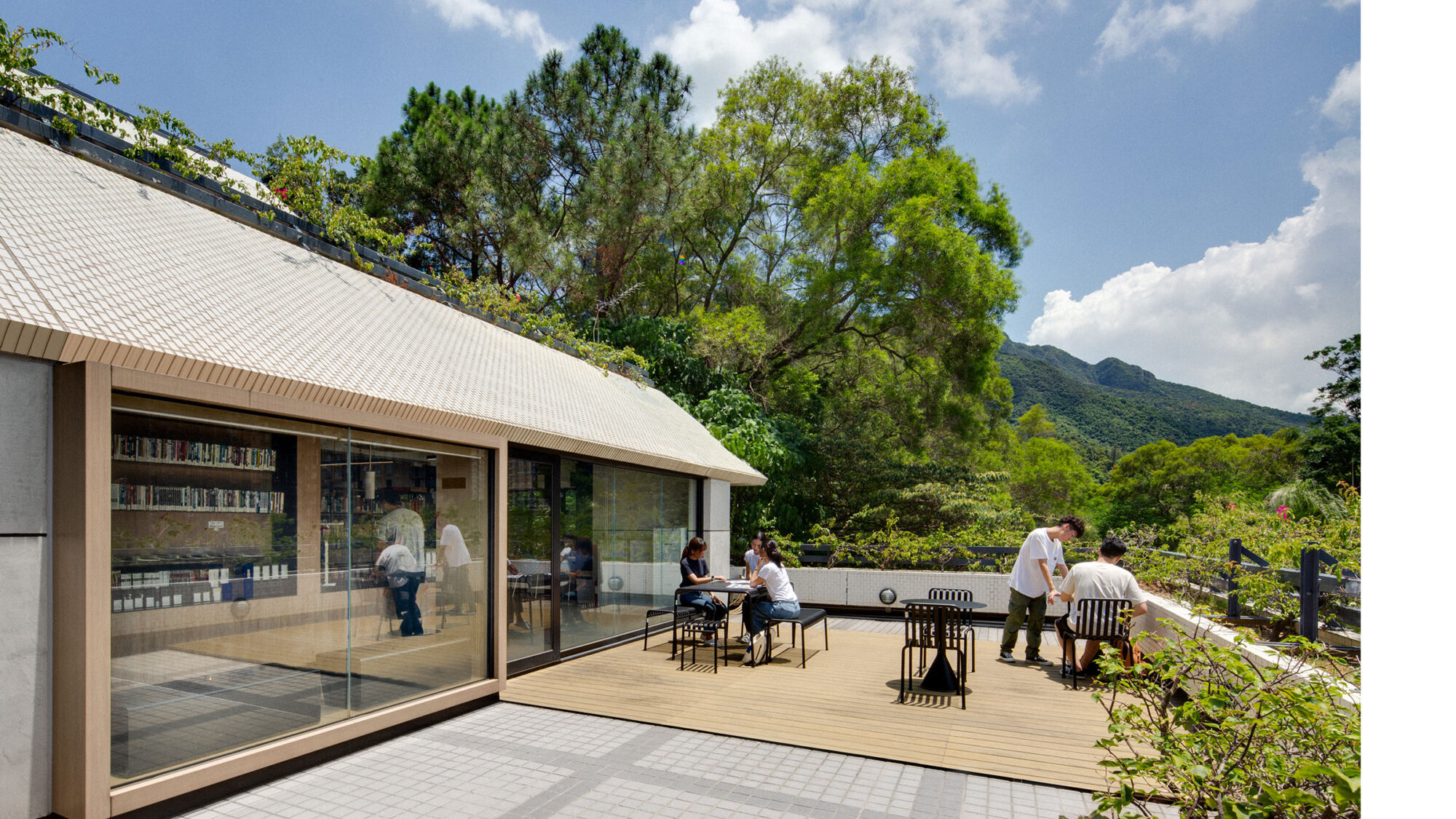



This four-part series explores essential yet often overlooked aspects of modern workplace strategy, focusing on the invisible and intangible factors that significantly influence organisational success. Discover how to recognise and harness subtle elements, like complexity and indecision, to create a workplace environment that helps people and businesses thrive.
In workplace design and strategy, complexity is often mistaken for complication. But they’re not the same.
Complication is unnecessary noise and layers that confuse, slow down or misalign. Complexity, on the other hand, reflects the reality of today’s workplace, multiple priorities, systems and goals working together in an integrated way.
Rather than avoid complexity, high-performing organisations embrace it. They understand that integrating goals, like sustainability, technology, wellbeing and performance, can lead to a more effective, adaptable workplace. The key is knowing how to manage it all.
This article explores the importance of embracing complexity and how this action holds the key to successful workplace projects.
Think of a workplace project like an orchestra. Each department, design, sustainability, operations, plays a different section of the ensemble, like strings, percussion or woodwinds. But even the most talented musicians need a conductor to stay in sync. Without one, the result is disjointed and ineffective, no matter how skilled each section may be.
That’s where workplace strategy comes in. Like a conductor, it ensures every part of the project moves in harmony, aligning stakeholders, clarifying objectives and guiding planning with intention. When strategy leads the way, the result is more than the sum of its parts.
We’ve seen this play out. Projects that embrace complexity through strategic alignment consistently outperform those that oversimplify and miss the bigger picture.

It’s tempting to strip things down to make them feel more manageable with fewer stakeholders, faster decisions and familiar templates. But when we oversimplify, we often overlook the very factors that make a workplace perform.
Good workplace design isn’t just about desks and meeting rooms. It’s about how people move through space, how light and air affect wellbeing, how technology supports different work modes and how culture is expressed physically through design. All of this requires a mindset that sees complexity not as a problem but as a key to unlock workplace performance.
Organisations need real solutions, and real solutions come from understanding how all the moving parts work together.
Daniel Bender, Senior Associate – Workplace Strategy, M Moser AssociatesAt M Moser, we help clients embrace complexity through a holistic, multidisciplinary approach. Our projects bring together architecture, interiors, sustainability, workplace strategy and technology. We align all the moving parts under a single purpose to unlock better decision-making and stronger outcomes.
When everything works toward the same purpose, you get a workplace that performs better and achieves more because it was designed that way from the beginning.
As technology, hybrid work and workforce expectations continue to evolve, complexity will only increase. But this doesn’t mean complexity is a liability.
For forward-thinking organisations, complexity is a competitive advantage. When you know how to navigate it, you can create workplaces that are more resilient, more human and more aligned to your business goals.
Corporate real estate (CRE) teams, HR and facilities leaders, executives and workplace professionals accomplish a great deal, often with limited resources and stakeholder support. With us as your partner and advocate, you can take that impact even further, extending well beyond project completion to unlock new opportunities for lasting value.
Let’s talk about how workplace strategy can help you build smarter, more holistic environments for the future.
Director, Workplace Strategy